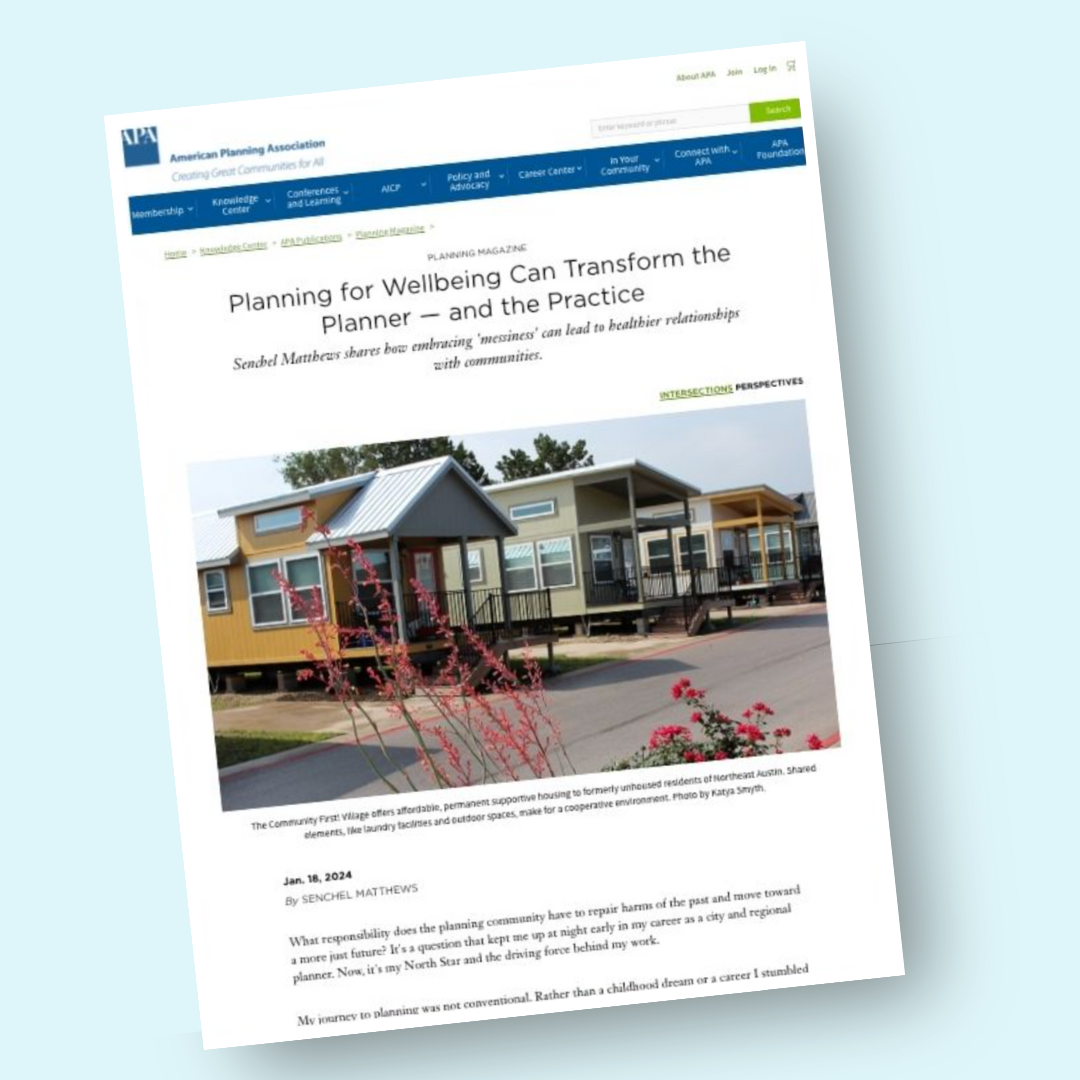
FFI's former Associate Director of Built Environment, Senchel Matthews, shares her journey navigating the messiness of the planning process.

This article introduces the concept of 'wellbeing stripping'–when projects for the 'public good' overlook, devalue, or harm the assets of marginalized communities.
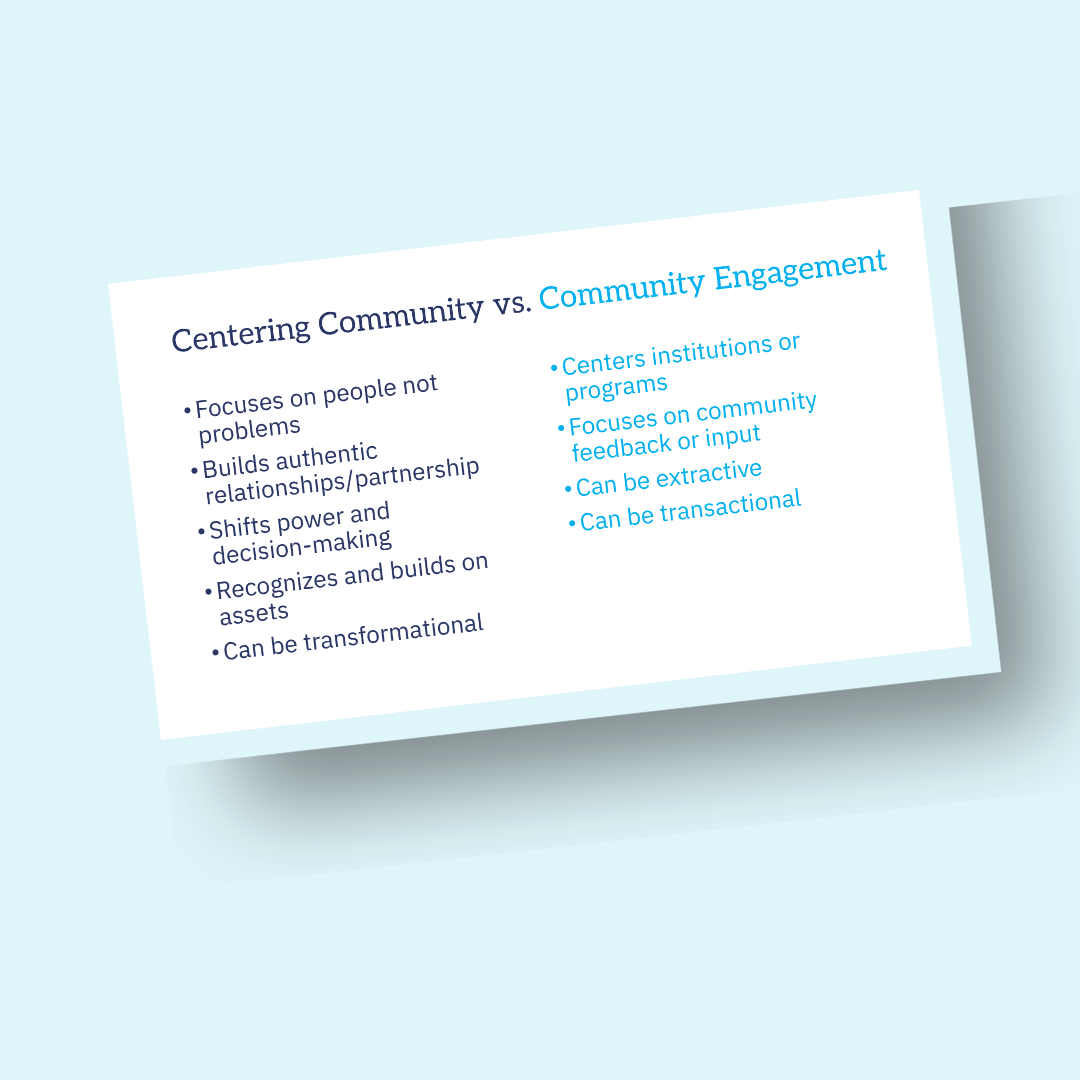
This slide highlights the differences between traditional community engagement and centering community.
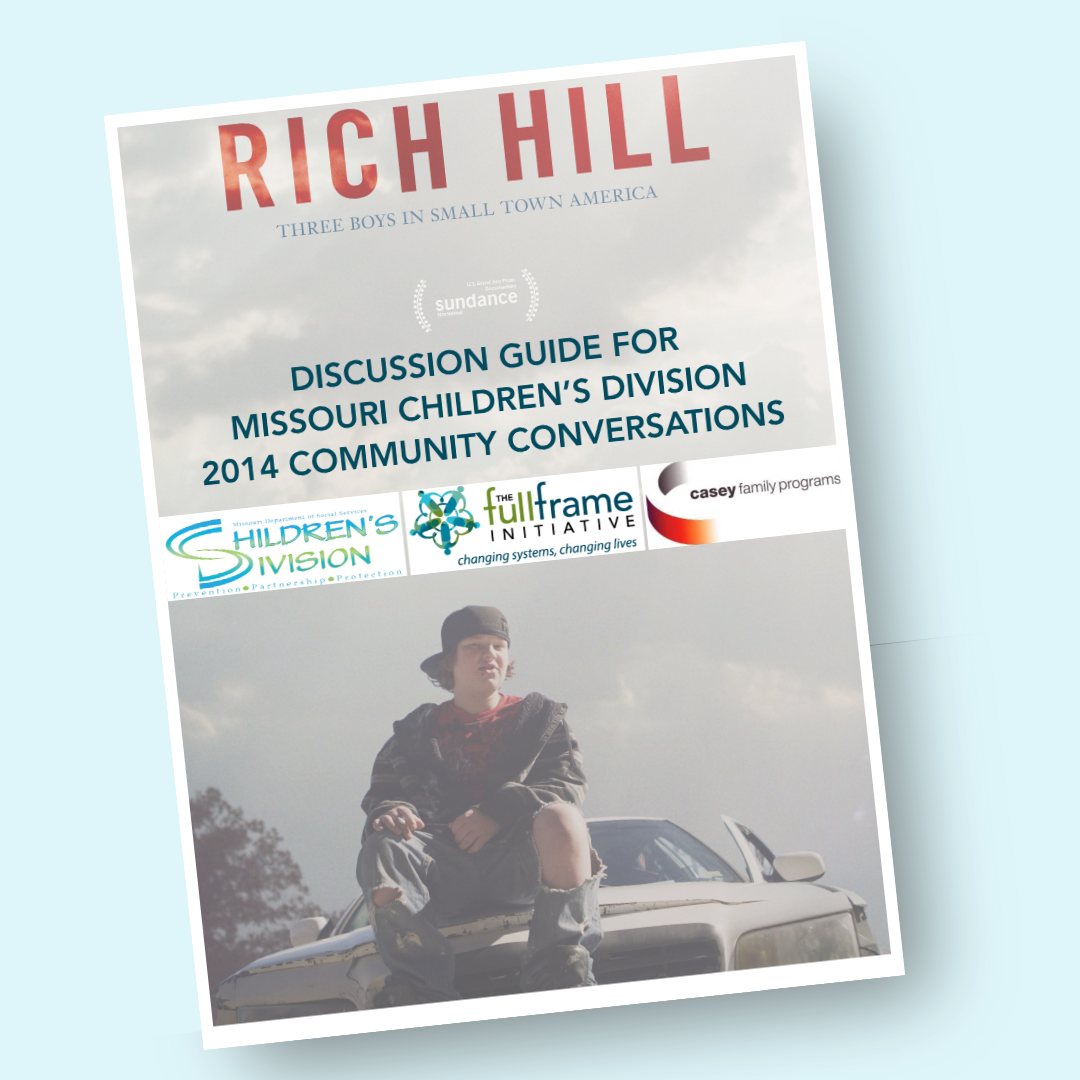
Rich Hill is a documentary film that tells the story of young boys in Missouri experiencing poverty.
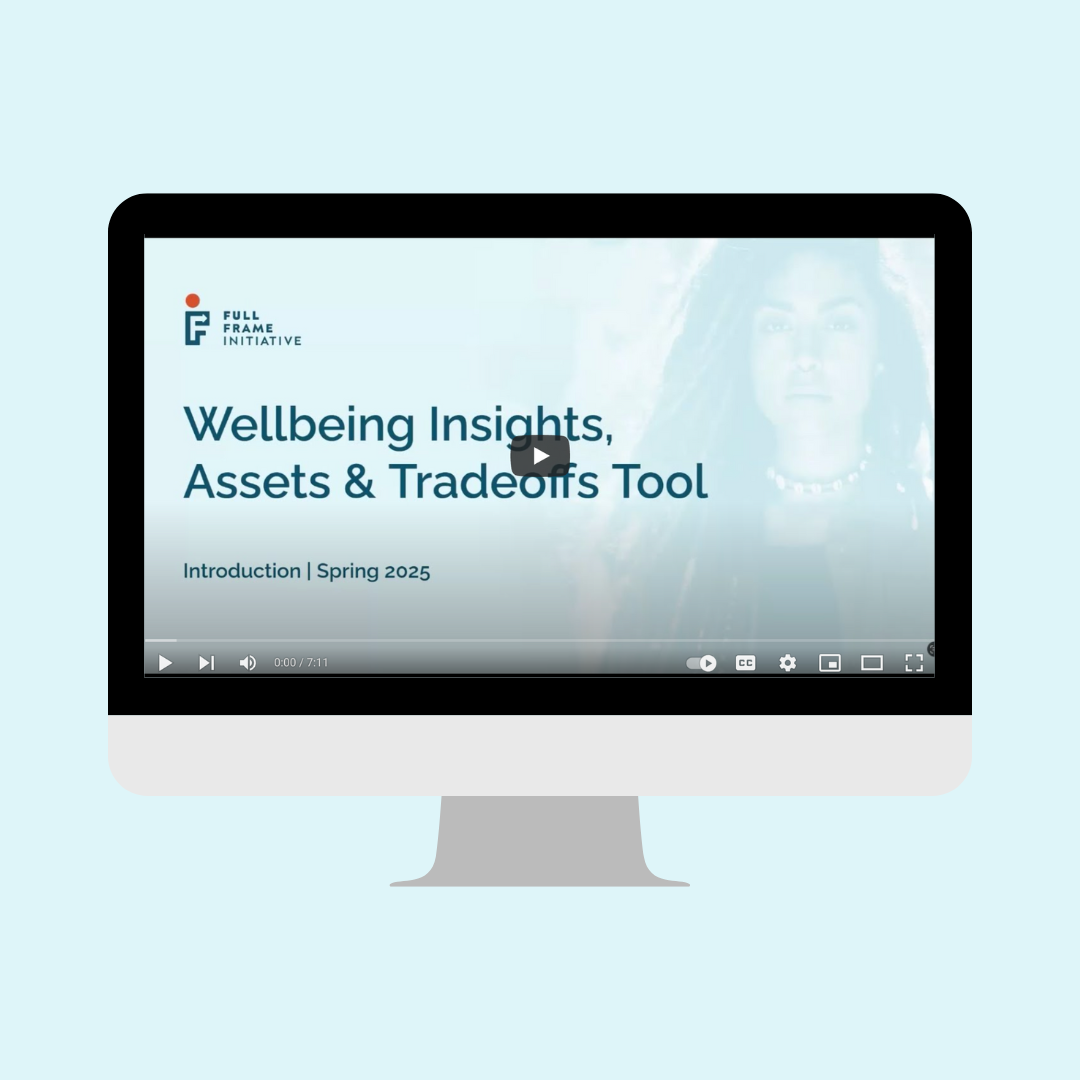
FFI's CEO Katya Fels Smyth provides an overview of the Wellbeing Insights, Assets & Tradeoffs Tool (WIATT).
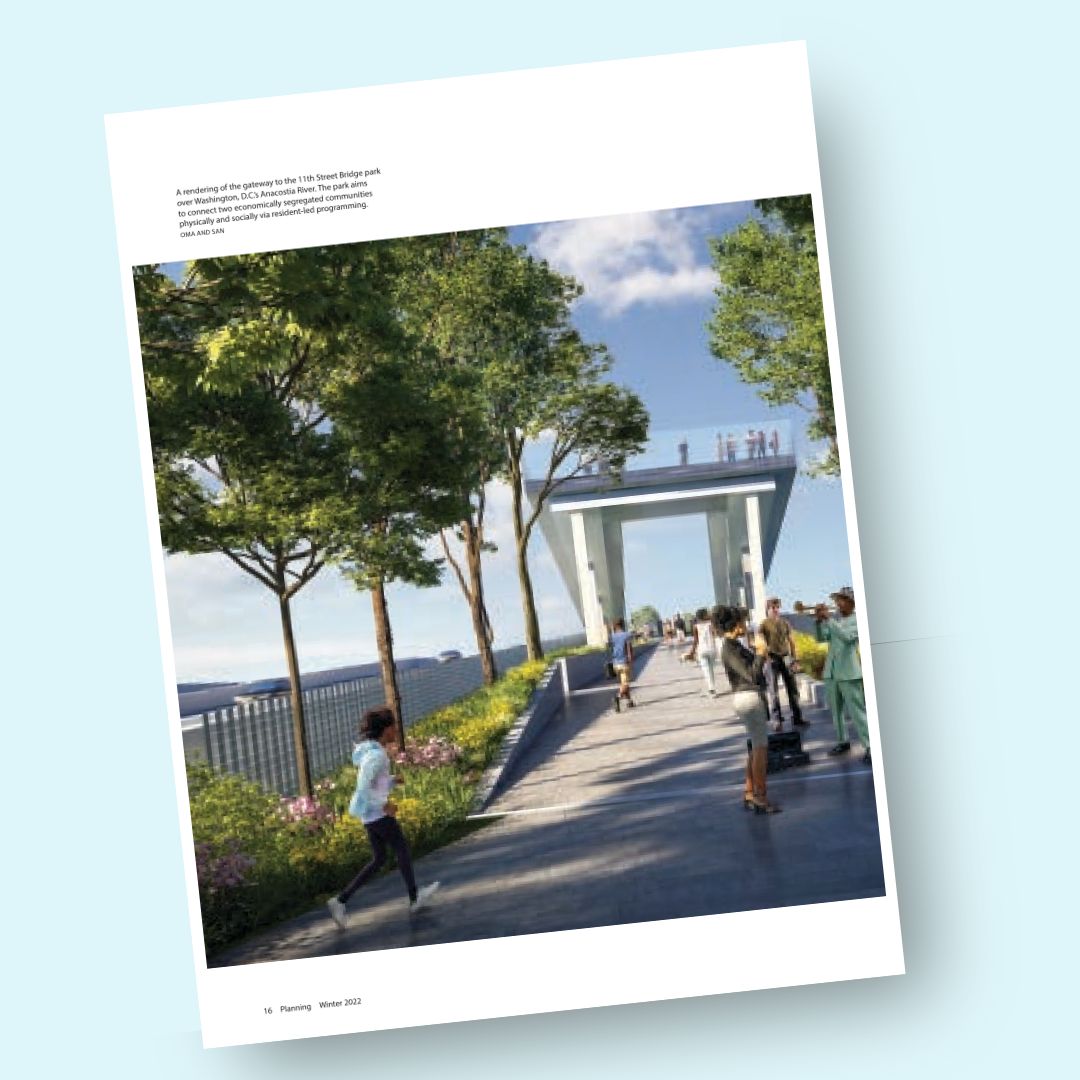
Brookings Metro Senior Fellow Xavier de Souza Briggs and Full Frame Initiative CEO Katya Fels Smyth outline a framework grounded in the Wellbeing Blueprint to guide new investments in the built environment.
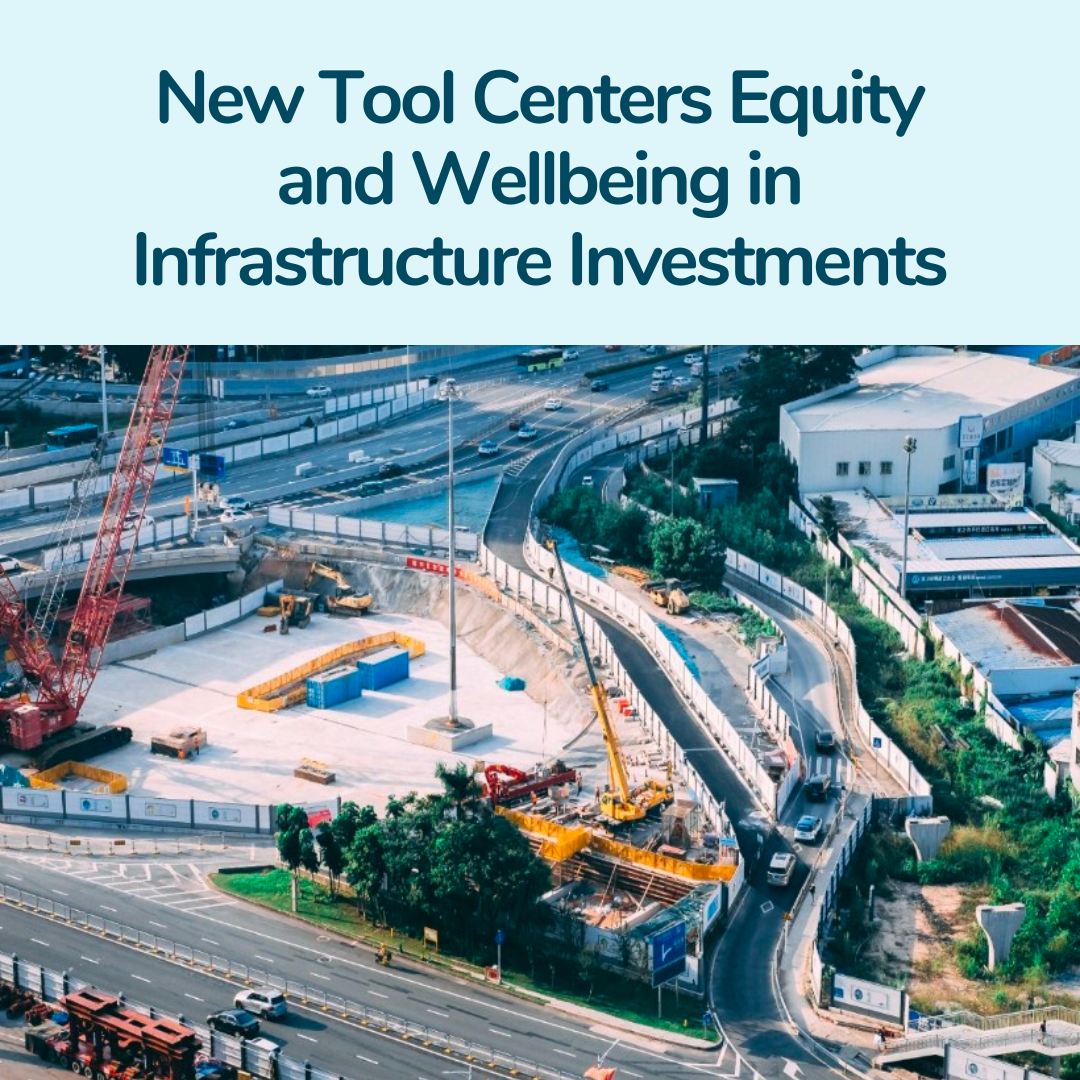
Infrastructure investments aren’t neutral. Imagine a future where people’s wellbeing is the starting place for how decisions are made about what, where, when and even whether we build. Our new tool is a step towards that future.

Learn how we partnered with the City of Cleveland to transform its approach to development projects by implementing our Wellbeing Insights, Assets & Tradeoffs Tool (WIATT) to prioritize wellbeing and equity.
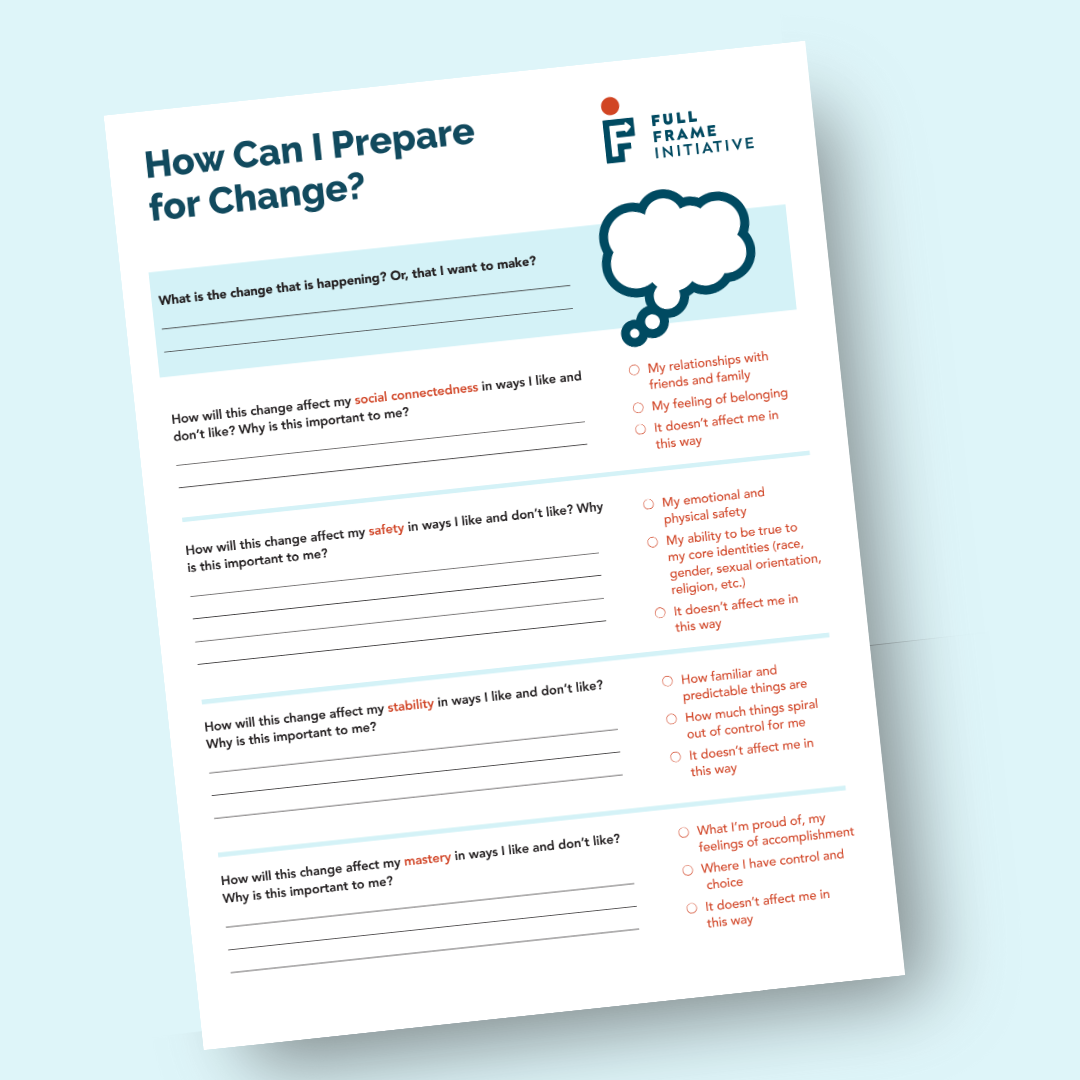
This resource helps individuals think through how they can prepare for change and anticipate the tradeoffs that come along with making a change or decision.
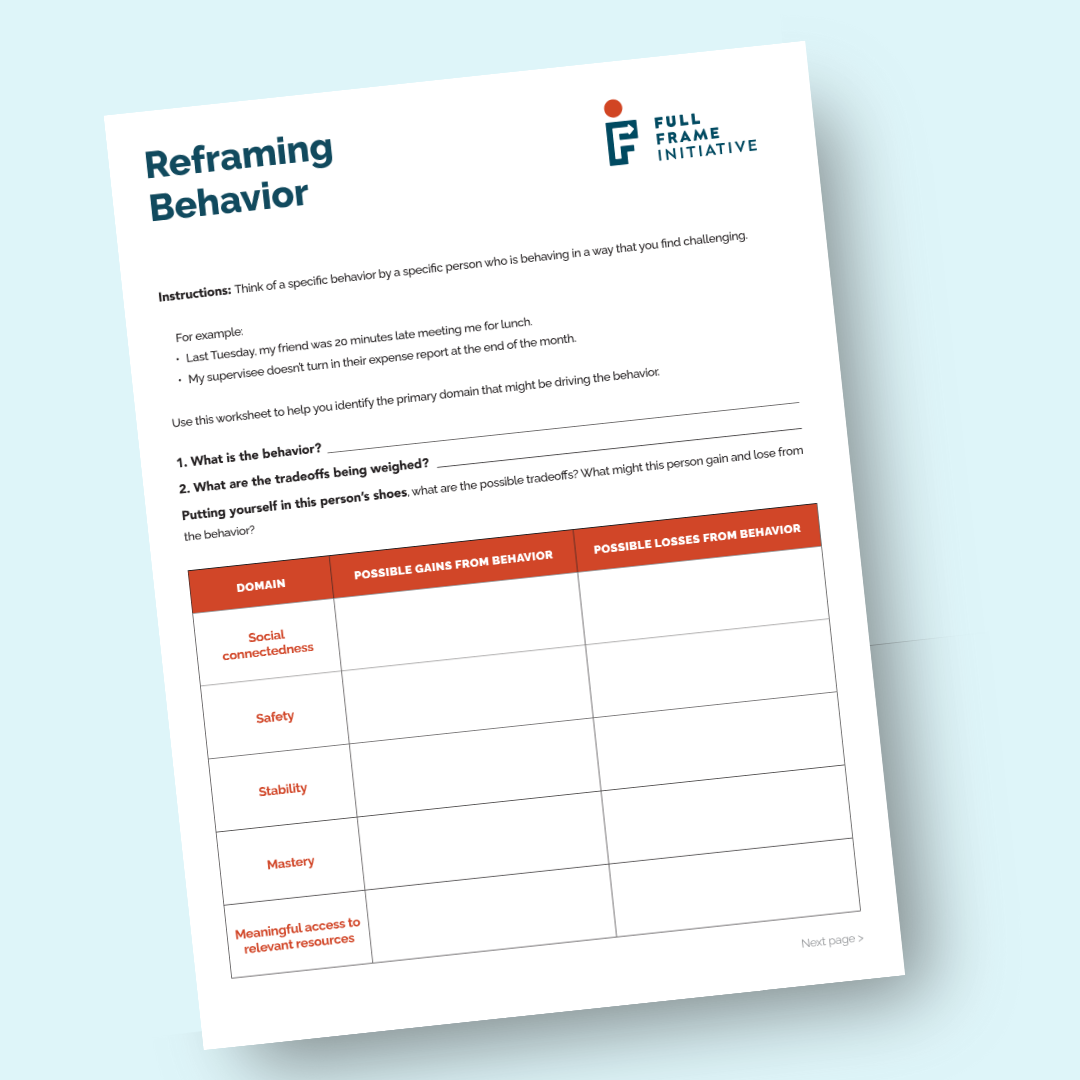
This resource is a worksheet that you can use to reframe the behaviors of anyone (friends, family, coworkers, clients, patients, etc.
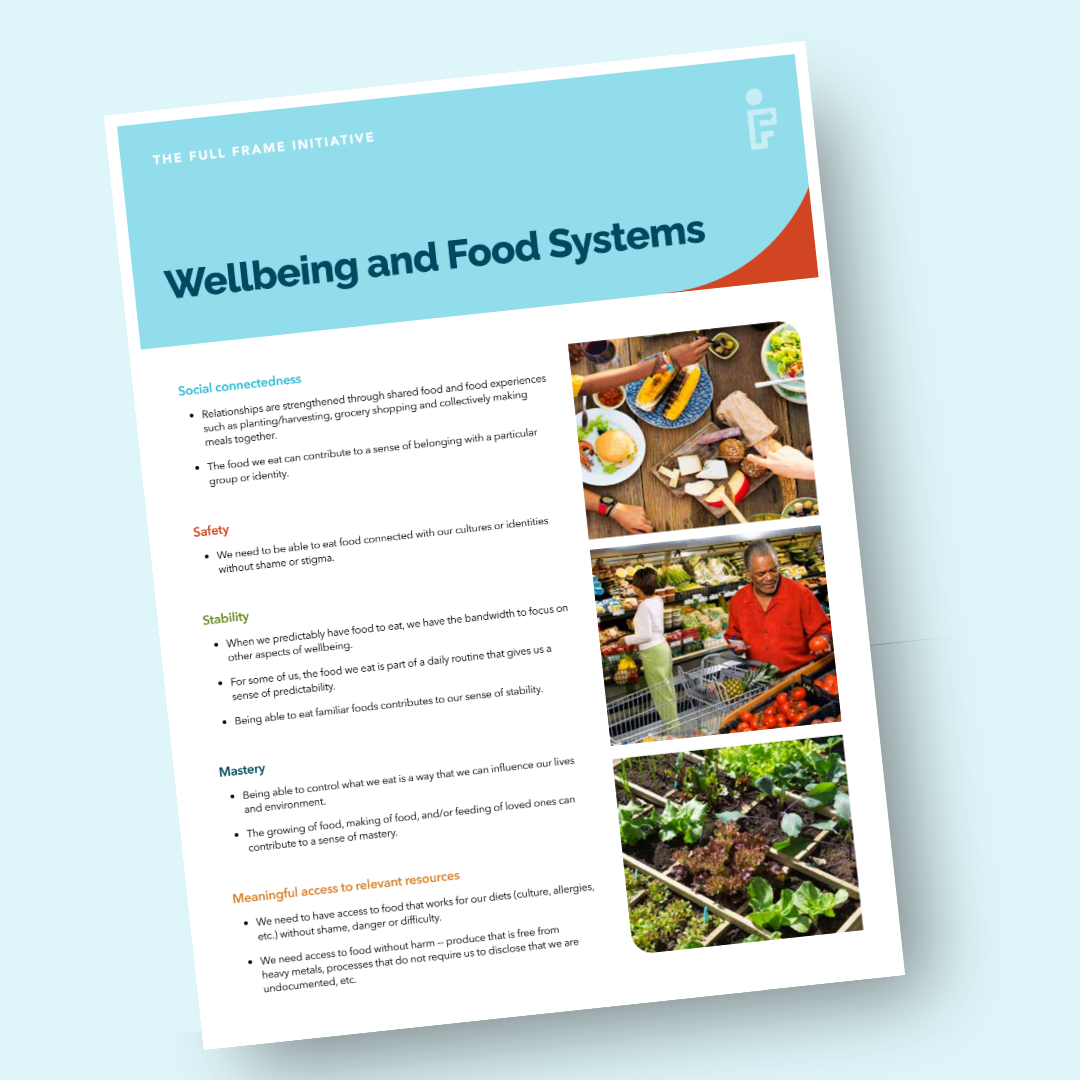
This resource looks at this food systems through the lens of the Five Domains of Wellbeing.
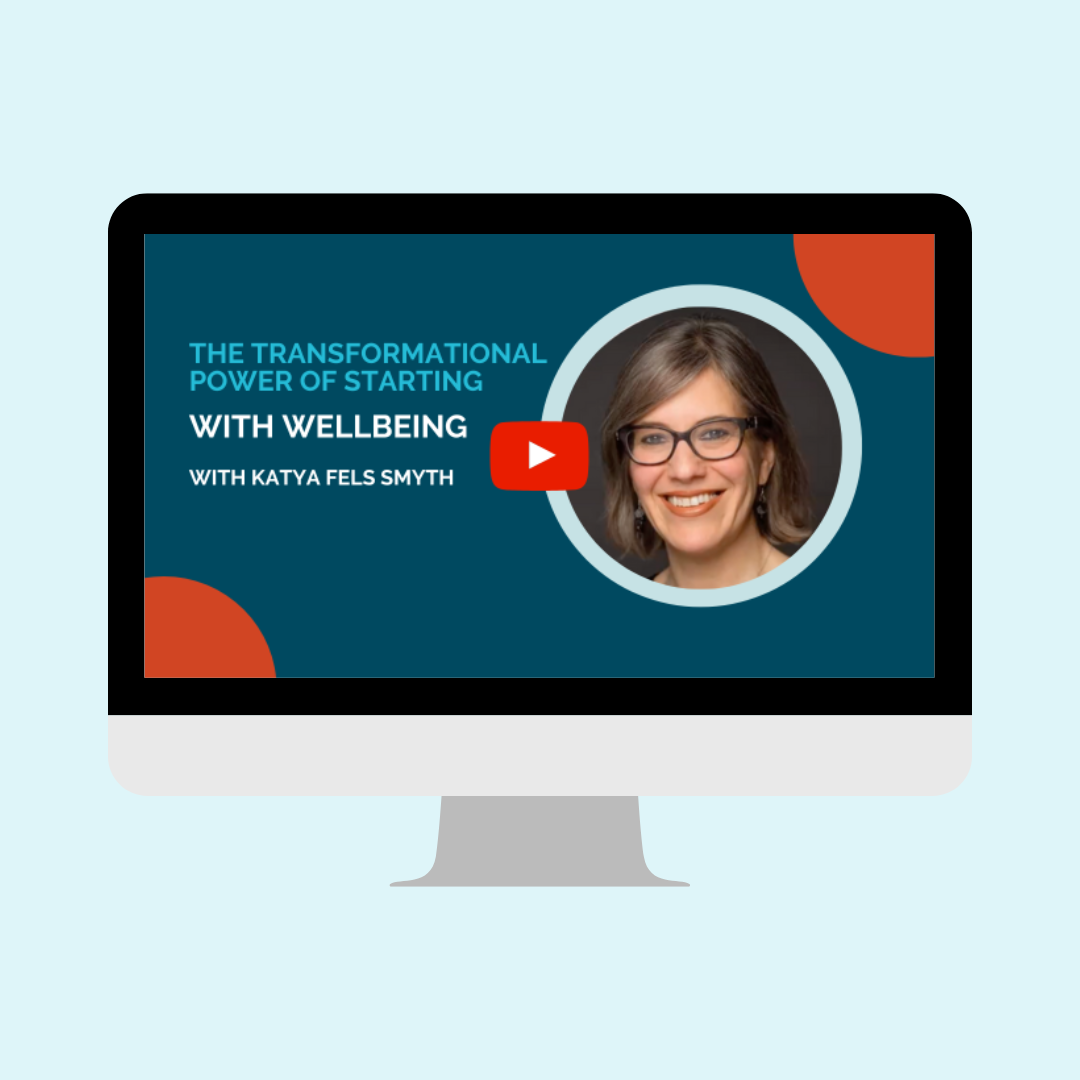
What would it look like if we shifted our focus from fixing problems to fostering wellbeing – the needs and experiences essential for health and hope? The webinar recording digs into what it means to change the narratives for systems change.